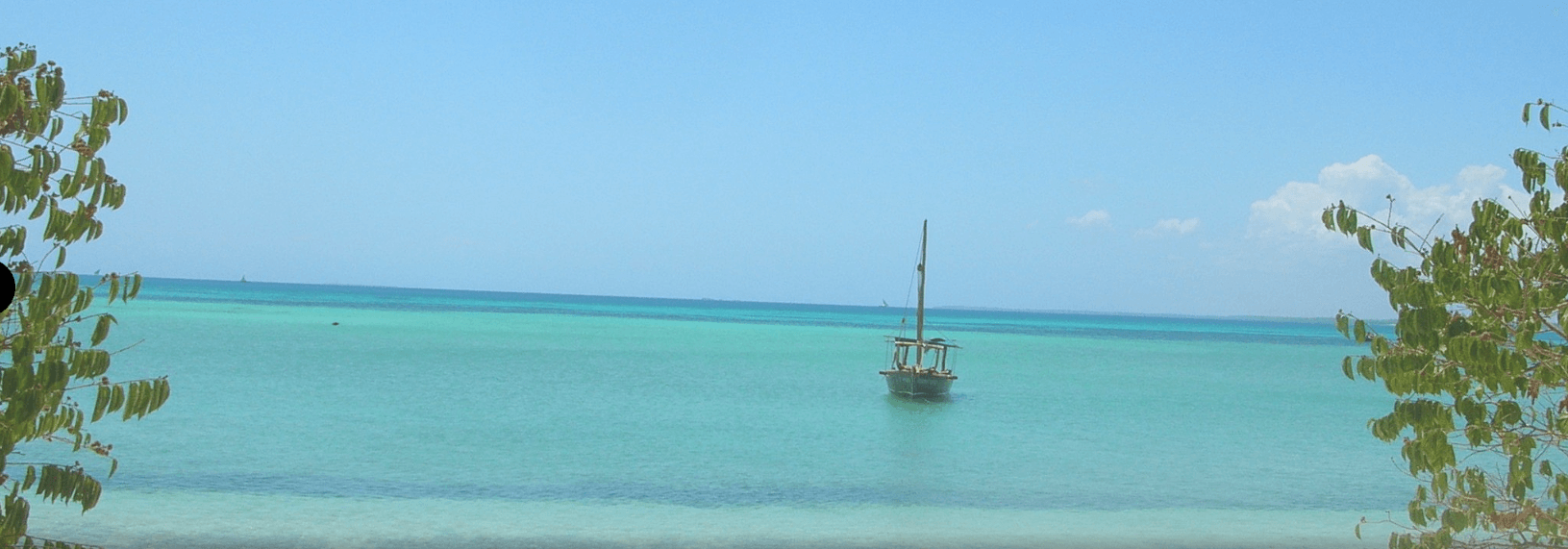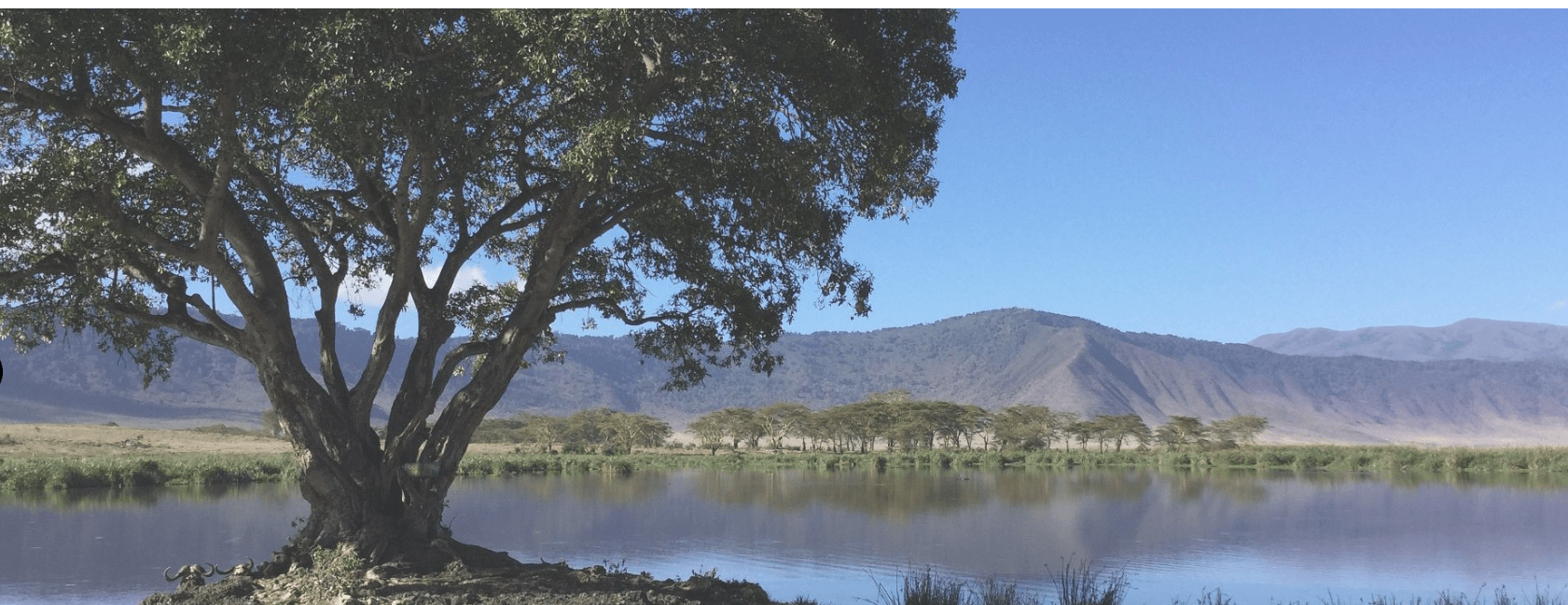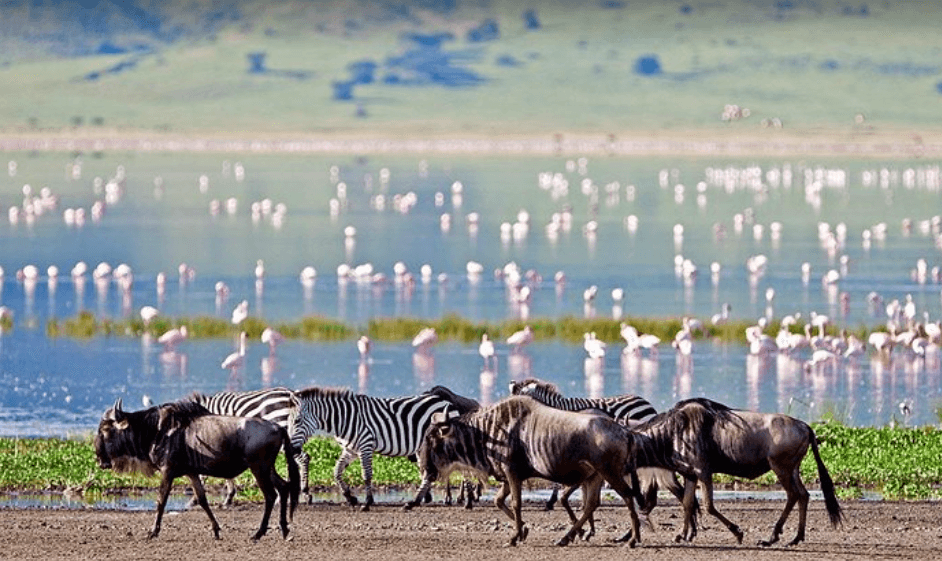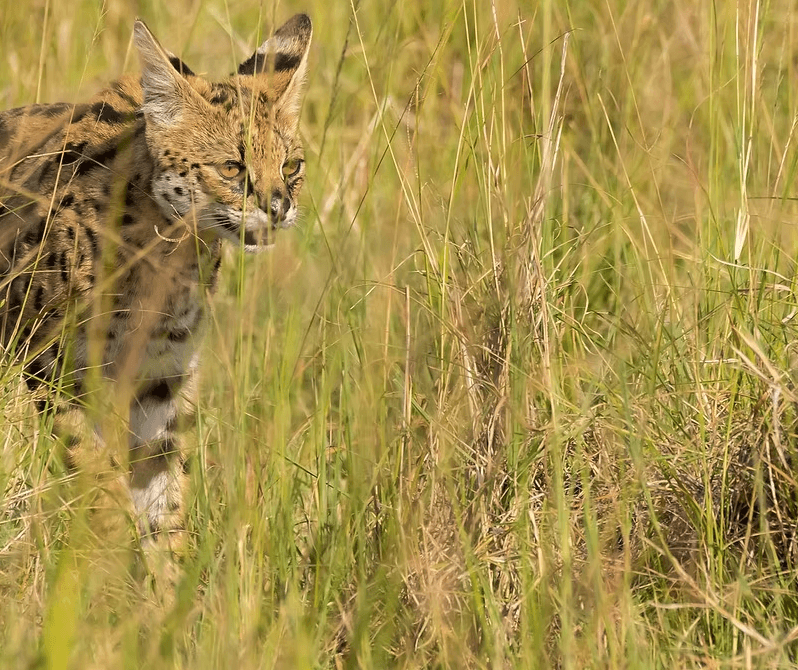Pian Upe Game Reserve
Buffalo Springs National Reserve: Complete Travel Guide to Kenya’s Untamed Safari Gem
If you’re looking for a safari experience off the beaten path, Buffalo Springs National Reserve offers a wild, authentic, and unspoiled alternative to Kenya’s more popular parks. Located in northern Kenya, this beautiful reserve sits south of the Ewaso Ng’iro River and shares an ecosystem with the neighboring Samburu National Reserve.
Named after the natural springs in the area, Buffalo Springs is known for its diverse wildlife, striking semi-arid landscape, and cultural richness. This underrated gem is ideal for travelers who want to experience wildlife in solitude, far from tourist crowds.
In this guide, we explore everything you need to know about visiting Buffalo Springs—from its background and how to get there, to top attractions, activities, accommodations, and FAQs.
Location and Size
Buffalo Springs National Reserve lies in Isiolo County, about 320 kilometers north of Nairobi. It covers an area of approximately 131 square kilometers, bordered by the Ewaso Ng’iro River, which acts as a natural boundary separating it from Samburu National Reserve to the north.
Despite its modest size, Buffalo Springs offers rich biodiversity, thanks to the river and freshwater springs that support both animals and vegetation.
History and Conservation Efforts
Buffalo Springs, along with Samburu and Shaba reserves, was established in 1948 as part of efforts to conserve Kenya’s northern frontier wildlife. Over time, it gained national recognition for its unique ecosystem that supports rare species and serves as a vital corridor for migratory animals.
The reserve is managed by the Isiolo County Council, and community involvement plays a crucial role in conservation. Eco-tourism initiatives help generate income for local Samburu communities while protecting wildlife.
Landscape and Climate
Buffalo Springs features a semi-arid savannah landscape, dotted with:
-
Acacia woodlands
-
Doum palm trees
-
Open grasslands
-
Lava terraces
-
Seasonal rivers and springs
The region experiences two rainy seasons—March to May and October to November—but remains warm and dry for most of the year, making it a year-round safari destination.
How to Get to Buffalo Springs National ReserveBy Air
The fastest way to reach the reserve is by air. You can take scheduled or chartered flights from Nairobi’s Wilson Airport to Samburu or Buffalo Springs airstrip.
-
Flight time: Approximately 1 hour
-
Airlines: Safarilink, Air Kenya, and other domestic carriers
Transfers from the airstrip to your lodge or camp can be arranged in advance.
By Road
For those who prefer an adventurous road trip, the drive from Nairobi takes around 5 to 6 hours, depending on traffic and road conditions.
Driving Routes:
-
Nairobi – Thika – Nanyuki – Isiolo – Archer’s Post – Buffalo Springs Gate
-
Roads are mostly paved, but a 4×4 is recommended, especially during the rainy season
Self-drive options are available, but guided tours are advisable for first-time visitors.
Top Attractions and Activities in Buffalo Springs National Reserve
Buffalo Springs may not be as crowded as Maasai Mara, but it packs a powerful punch when it comes to attractions and things to do.
1. Game Viewing and Wildlife Safari
The reserve is home to the “Samburu Special Five”, a group of rare and endemic species found only in Kenya’s northern regions:
-
Grevy’s zebra
-
Reticulated giraffe
-
Beisa oryx
-
Gerenuk (also known as the giraffe gazelle)
-
Somali ostrich
In addition to these, the park is teeming with:
-
African elephants
-
Buffalo
-
Lions
-
Leopards
-
Cheetahs
-
Hyenas
-
Warthogs
-
Crocodiles (near the Ewaso Ng’iro River)
Game drives can be done in the early morning, late afternoon, or even at night (if your camp offers it).
2. Birdwatching
Buffalo Springs is a birding paradise, boasting over 365 recorded bird species.
Common sightings include:
-
Vulturine guineafowl
-
Martial eagle
-
Secretary bird
-
Lilac-breasted roller
-
Hornbills
-
Sandgrouse
Bring your binoculars, especially near water sources and during the rainy season when birdlife is most active.
3. Visit the Natural Springs
The springs that give the reserve its name are a must-see. The Buffalo Springs are crystal-clear pools surrounded by palm trees and green vegetation. They’re an essential water source for wildlife during the dry season.
You can relax here during mid-day game drives while watching animals approach to drink.
4. Nature Walks and Bush Walks
Some lodges and camps offer guided nature walks. Accompanied by trained Samburu guides or rangers, you’ll learn about animal tracks, medicinal plants, and traditional uses of local flora.
These walks provide a quieter, more immersive experience with nature.
5. Cultural Tours with the Samburu Community
Explore the traditions of the Samburu people, close relatives of the Maasai. A cultural visit includes:
-
Traditional dances and songs
-
Visits to manyattas (homesteads)
-
Handicraft markets
-
Storytelling sessions about Samburu customs and folklore
These tours offer an enriching cultural dimension to your wildlife safari.
Where to Stay Near Buffalo Springs National Reserve
Despite its remote location, Buffalo Springs offers a variety of accommodation options ranging from luxury lodges to mid-range camps and budget-friendly choices.
Top Recommended Lodges and Camps
1. Ashnil Samburu Camp
-
Located on the banks of Ewaso Ng’iro River
-
Offers luxury tents with en-suite bathrooms
-
Swimming pool and restaurant on-site
2. Samburu Simba Lodge
-
Located near the Buffalo Springs Gate
-
Spacious rooms with river or bush views
-
Game drives and cultural tours available
3. Sarova Shaba Game Lodge
-
Located slightly further in Shaba Reserve but accessible
-
Offers luxurious comfort with a pool, restaurant, and spa
4. Elephant Bedroom Camp
-
Intimate luxury camp with only a few tents
-
Set under doum palms beside the river
-
Elephants frequently roam through the camp
5. Budget Options
-
Community-run campsites and self-catering bandas are also available near the gate
Always book in advance, especially during peak seasons (July to October and December holidays).
Best Time to Visit Buffalo Springs National Reserve
Buffalo Springs is open all year, but the best time depends on your preferences.
Dry Season (Best for Wildlife Viewing)
-
June to October
-
January to February
-
Animals gather around water sources, and vegetation is thinner, making wildlife easier to spot
Wet Season (Best for Birdwatching and Lush Scenery)
-
March to May
-
November to early December
-
The landscape is green and vibrant, but some roads may be muddy
Frequently Asked Questions (FAQs)
Is Buffalo Springs safe for tourists?
Yes. The reserve is well-patrolled by rangers and is considered safe. However, always follow your guide’s instructions and stay within permitted areas.
Can I do a self-drive safari?
Yes, but a 4×4 vehicle is recommended. For first-time visitors, guided safaris offer a better experience with expert wildlife spotting.
What are the entrance fees?
-
Non-residents: Approx. $70 USD per adult per day
-
Residents and citizens: Lower rates apply
-
Children pay discounted rates
Fees are payable at the gate or via authorized tour operators.
Are night game drives allowed?
Yes, but only if you are staying at a camp or lodge that is licensed for night drives. These safaris offer the chance to see nocturnal species like genets and aardvarks.
Can I visit both Buffalo Springs and Samburu in one trip?
Absolutely. The two reserves are separated only by a river and often marketed as a combined safari destination. Many lodges offer packages covering both parks.
What should I pack?
-
Lightweight safari clothing in neutral colors
-
Sun hat, sunglasses, and sunscreen
-
Binoculars and camera
-
Refillable water bottle
-
Insect repellent
-
Comfortable walking shoes
Final Thoughts: Why Visit Buffalo Springs National Reserve?
Buffalo Springs National Reserve might not be as famous as Maasai Mara or Amboseli, but that’s what makes it special. It offers unmatched tranquility, rare wildlife sightings, and deep cultural connections without the crowds.
From the iconic Samburu Special Five to the stunning springs and river landscapes, every moment spent here is rich with discovery. Pair it with Samburu and Shaba, and you’ve got a perfect northern Kenya safari circuit.
Whether you’re a seasoned traveler or a first-time visitor, Buffalo Springs promises an unforgettable adventure in Kenya’s untamed north.





